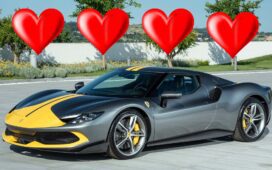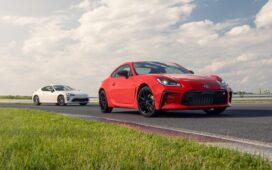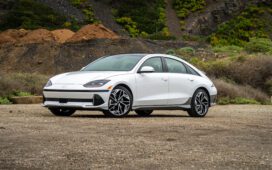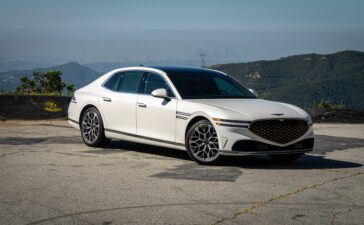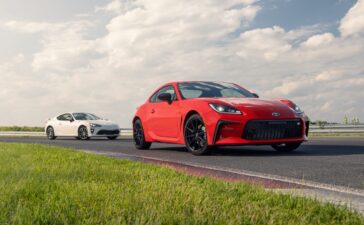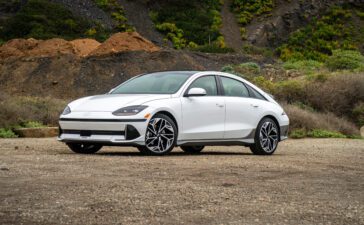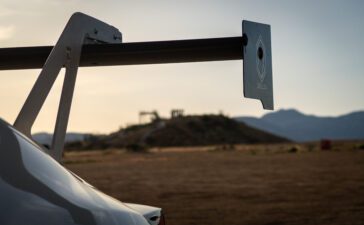The Long Beach Grand Prix is nothing more than an automotive circus. And I mean that as the biggest compliment I can give a sporting event. Who doesn’t love the circus? World-class entertainers. Incredible spectacles of all sorts, big or small. Crowds of like-minded showgoers with a contagious enthusiasm that bleeds onto those around them. Okay, maybe not the creepy clowns or alleged animal abuse, but you know what I mean. Now, imagine if it was cars!
The same level of eye-opening entertainment translated to tire smoke, tinnitus, and involuntary tanning numbed by gallons of overpriced alcohol. Thankfully, such a show exists, and it’s been taking over the Long Beach shoreline for nearly five decades at this point. In case you’re in need of convincing or just live under the densest rock on planet Earth, allow me to force-feed you propaganda from my recent pilgrimage about why the Long Beach Grand Prix (officially the Acura Grand Prix of Long Beach as of 2019) is the greatest automotive circus in the country, if not the world.
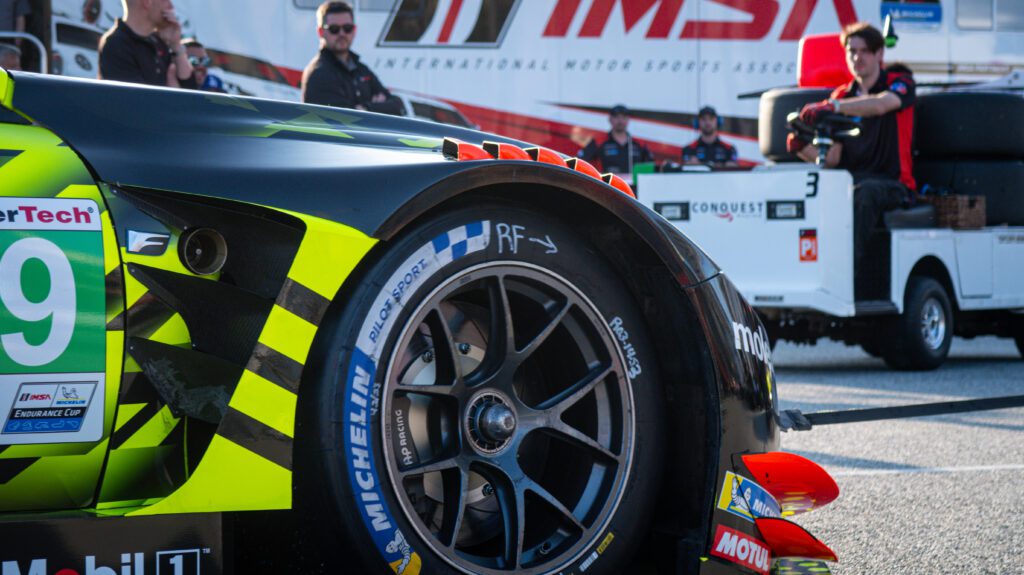
What is the Long Beach Grand Prix?
As the internet, advertising, and race announcers will tell you, the Long Beach GP is the United State’s longest-running and most prominent street circuit, beating out the Detroit, Las Vegas, and Miami GP F1 tracks by literal decades and hosting a plethora of racing beyond an open-wheel series. It began in 1975 as, surprise-surprise, a Formula racing venue for the United States, taking over the Long Beach shoreline every year in the springtime for 49 years at the time of writing. The inaugural event was held for Formula 5000 racing, a niche subcategory of open-wheel racers, also dubbed Formula A, which didn’t quite fit into any one category, before becoming a Formula 1 venue the very next year.
From 1976 to 1984, Long Beach was Formula 1’s home on the American West Coast. Soon after Watkins Glen was dropped from the calendar in 1980, Long Beach became America’s premier F1 venue. However, in 1984, the two parted ways, leaving the annual spectacle to be picked up by IndyCar. But why IndyCar?
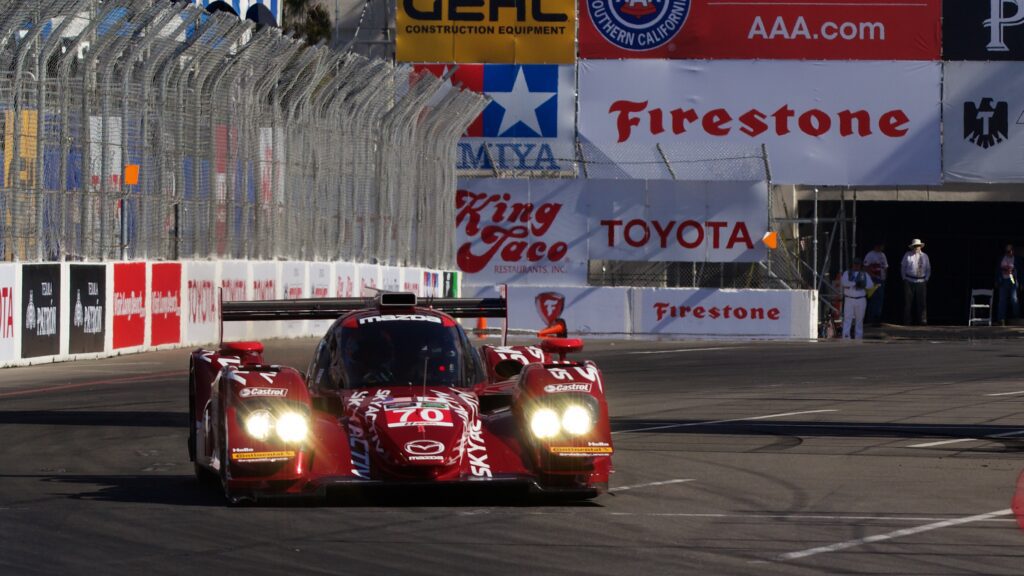
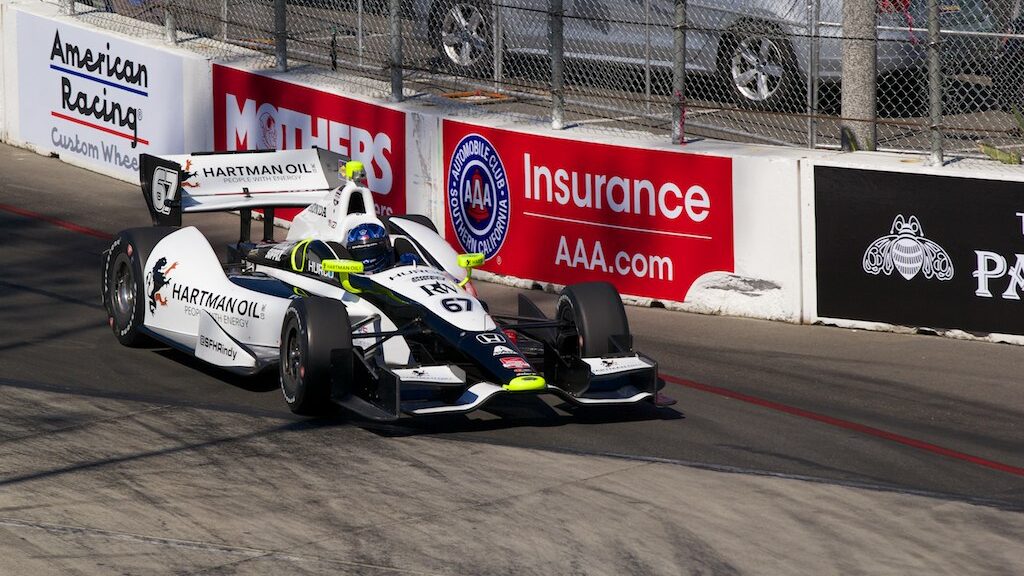

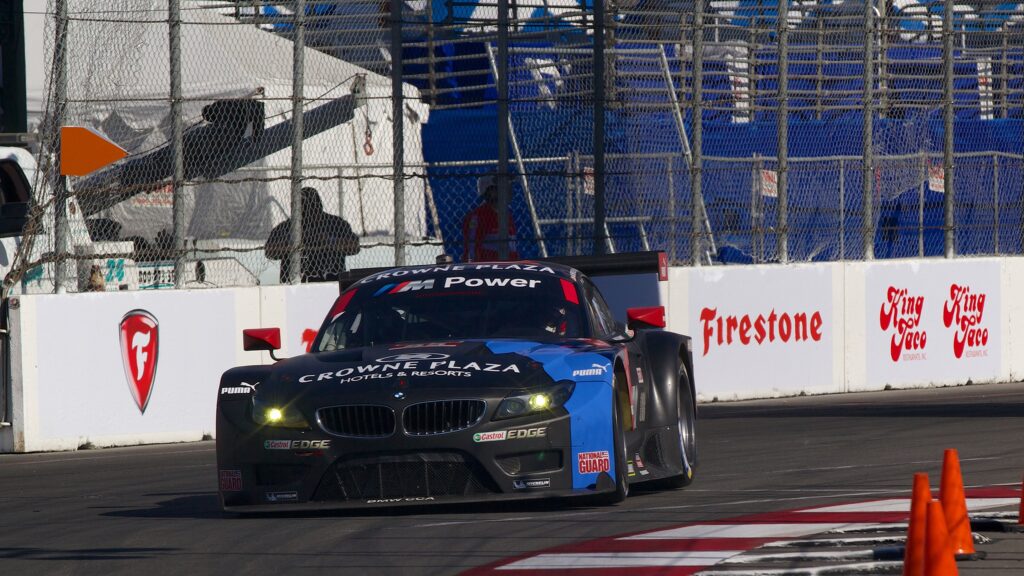
Money, money, money! Race organizers reportedly feared that a single underperforming year could tank the whole idea of the Long Beach GP, as profit margins from viewership were slim against F1’s stratospheric costs. Although IndyCar didn’t have the prominance of F1, organizers strongly believed they could build up viewership and hyper to comparable levels in a matter of years, which you can argue they succeeded in. As reported in a piece of historical storytelling by Autosport, losing Long Beach came to be a huge regret for F1 overlord, Bernie Ecclestone.
They called it a business move. I call it lame. But it makes sense. Nowadays, Formula 1 walks a path that has transformed it into what industry members call “incompatible” with Long Beach due to course layout restrictions and even more prohibitive costs, but the loss of one major league series hasn’t crippled the West Coast’s GP.
“Over the years many street races have come and gone in America,” Ecclestone stated in the Autosport story. “But Long Beach has continued and it’s good for racing that it has survived all these years and thrived as an event.”
And thrive it has.
Over the years, the Long Beach shoreline became home to a smorgasbord of racing leagues, big and small, including (deep inhale) a short-lived Formula E tenure, Toyota Pro/Celebrity Race back, Formula Drift, IMSA, Trans-Am, Indy Lights, Stadium Super Trucks, Pirelli World Challenge, and more. What was once just a display of elite open-wheel racing became the ultimate high-octane variety show, perfect for ADHD-ridden motorsports fans.


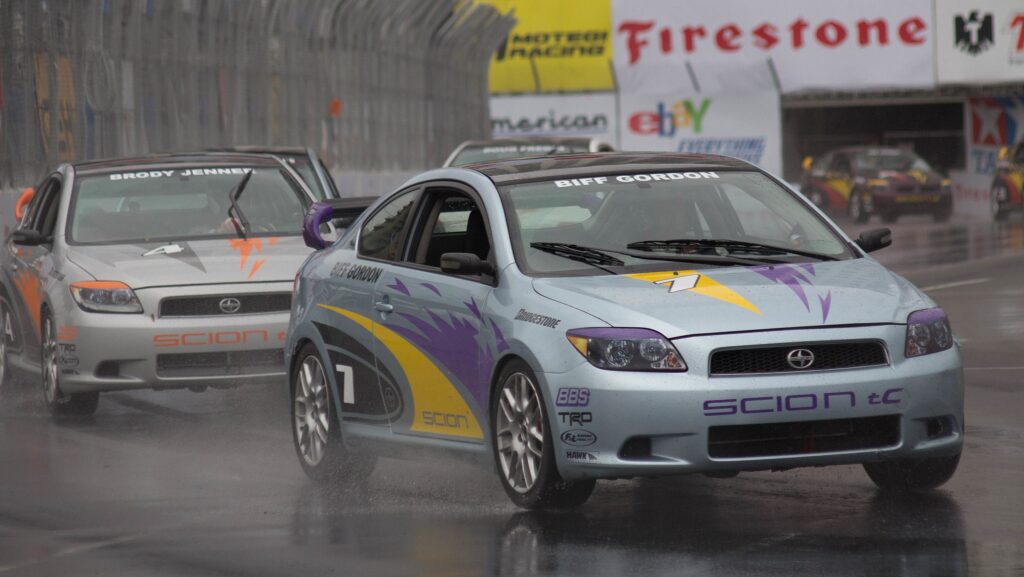
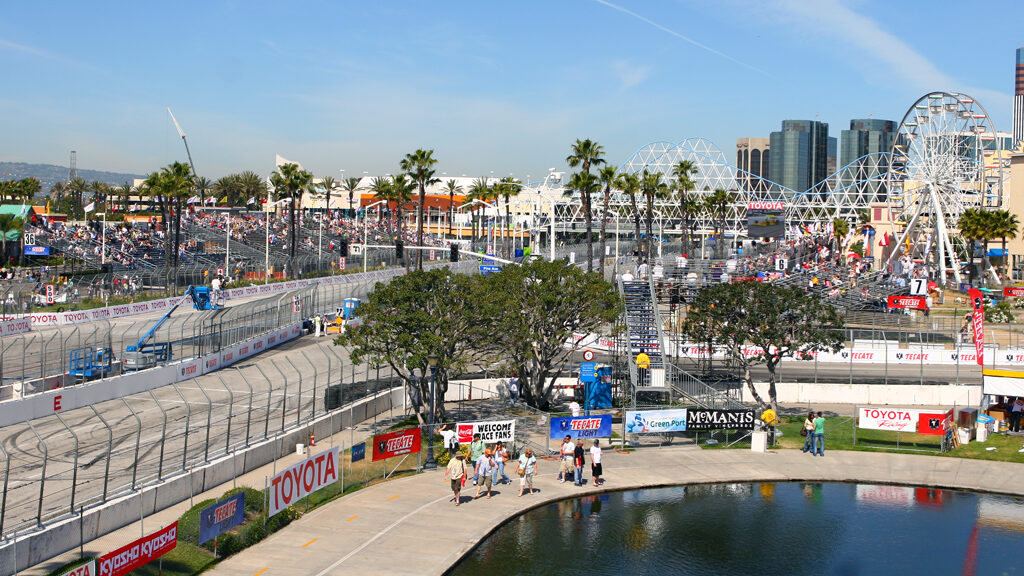
A buffet of racing for every taste
This year, that buffet continues to serve up a feast for the senses, with this most recent running of Shoreline street races hosting IndyCar as the all-star event, preceded by runnings of stadium trucks, IMSA and GT America touring cars, and vintage IndyCar heroes. Nothing like tinnitus fueled by ancient Indy V8s and new-age prototype racers to make you feel alive. Reverberations off the tunnel walls funnel straight into your brain and tingle down your spine as you watch these otherworldly machines move like no other car save for an F1 car.
“I never expected that,” my friend and I would also say to one another, always in disbelief despite clutching the weekend schedules in our hands. “These things (vintage Indy and modern prototypes alike) are so fucking sick, you never expect them to be like this from just Forza.”


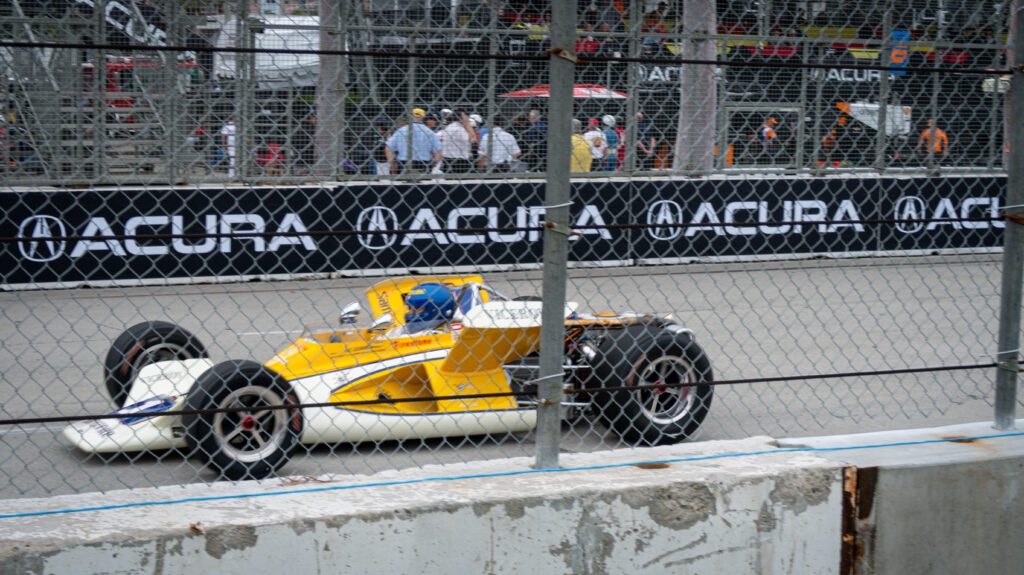
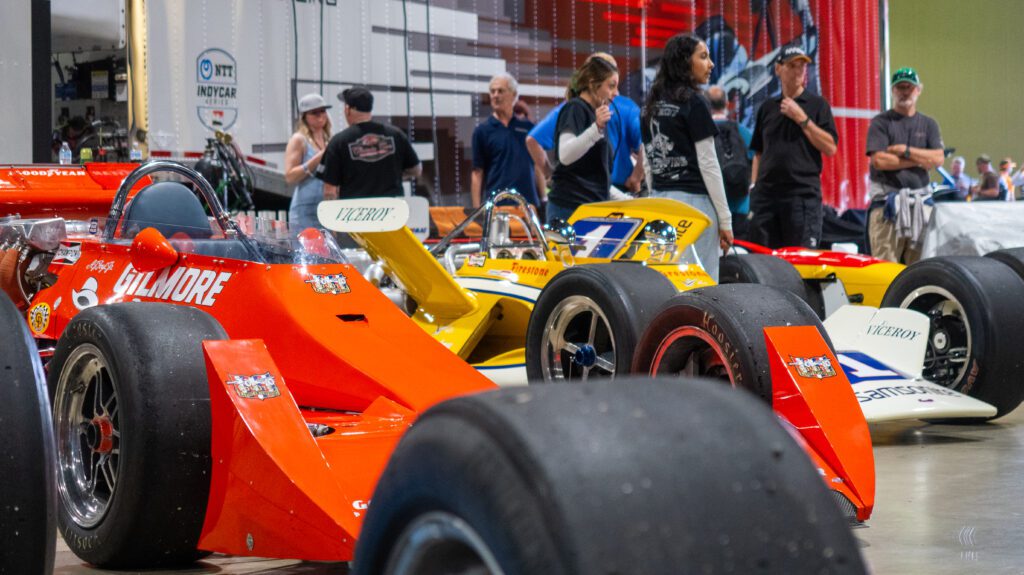
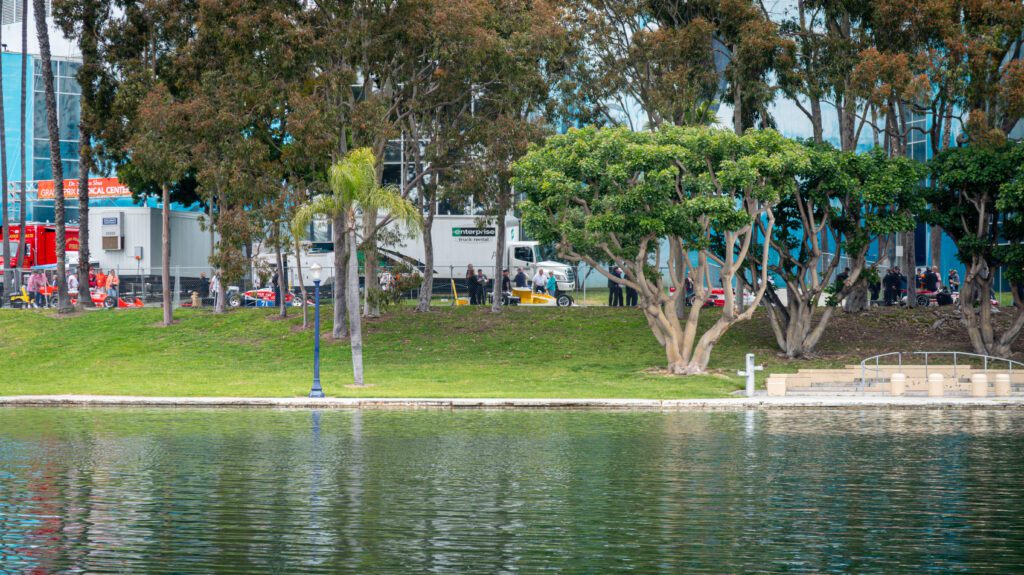
IndyCar tried to take center stage to remind us of Long Beach’s open-wheel heritage and prestige. Iconic names in racing, like six-time champ Scott Dixon, as well as ex-F1 personalities Romain Grosjean and Alexander Rossi, definitely aroused hype amongst the crowd. Dylan Sprouse was there enjoying the suite life in an Indy two-seater while Fluffy himself, Gabriel Iglesias, issued the sacred command come the start of the main event on Sunday. It was a sight for die-hards and casual fans alike. But alas, IndyCar was only a mere sampling of what else was to be had. It had to remember to share and play nice with the other leagues present.


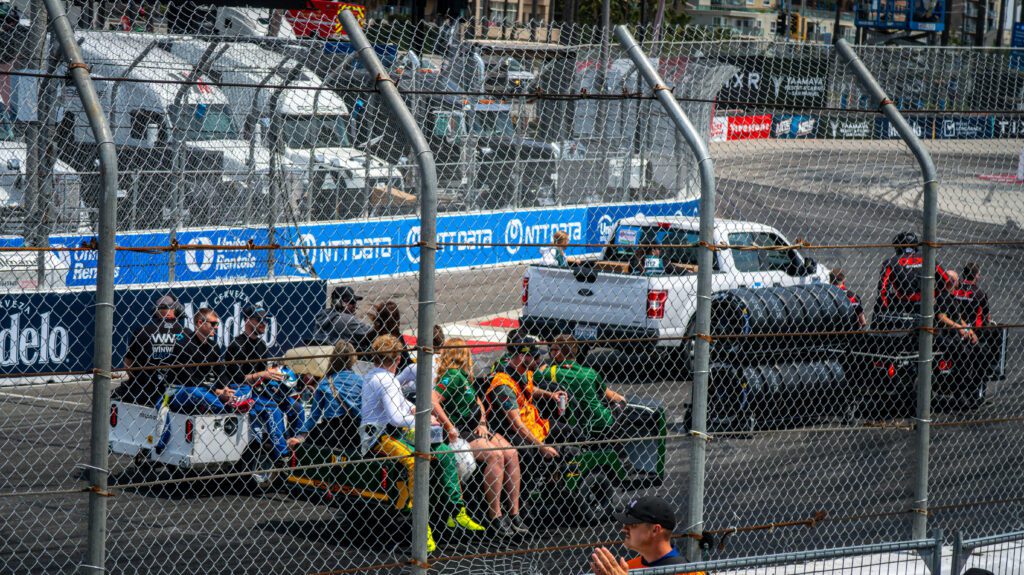


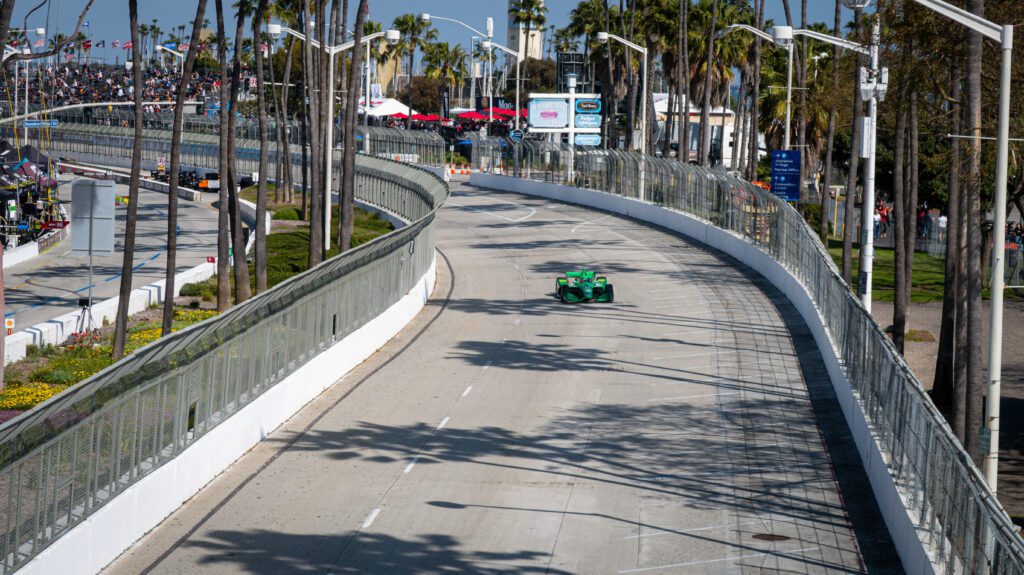
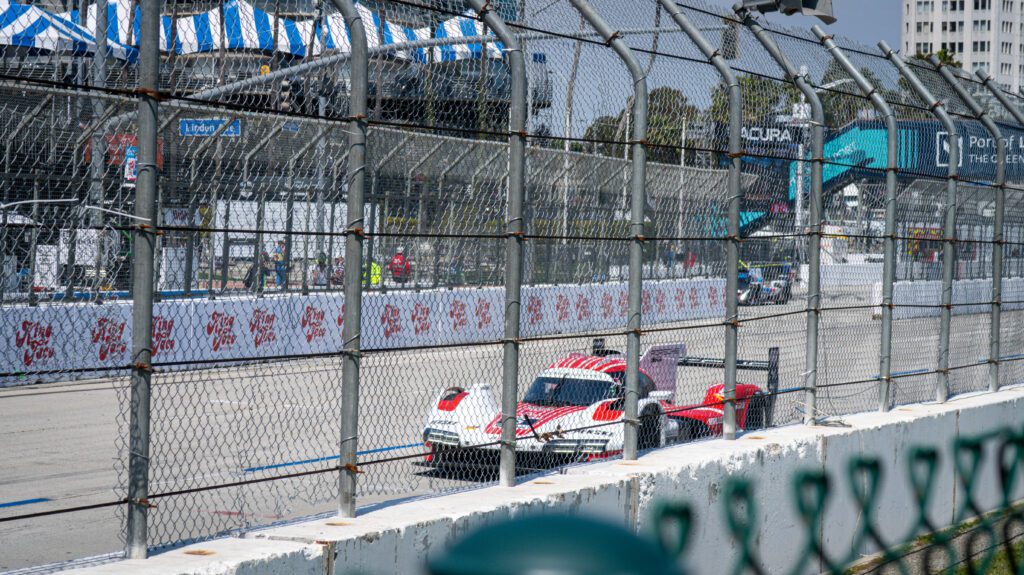

IMSA fought well for the crowd’s attention, drawing full grandstands and packed grass fields to watch the more relatable GT3 race cars with familiar shapes from Ferrari, Porsche, Ford, and more battle alongside the hot Le Mans Hypercar prototype racer class. The howls of straight-sixes clashed with that of flat-sixes, both often overpowered by the bellow of the Mercedes AMG GT3, Ford Mustang GT3, and Lexus RC F GT3‘s naturally aspirated mills.
“You know, you always expect these things to be loud from videos,” said my friend. “But man, you never expected them to be this loud.”
“I know. It’s sick, huh,” I quipped back. “I wonder if I can get tinnitus in this tunnel and have the VA write it off as a service-related injury.”
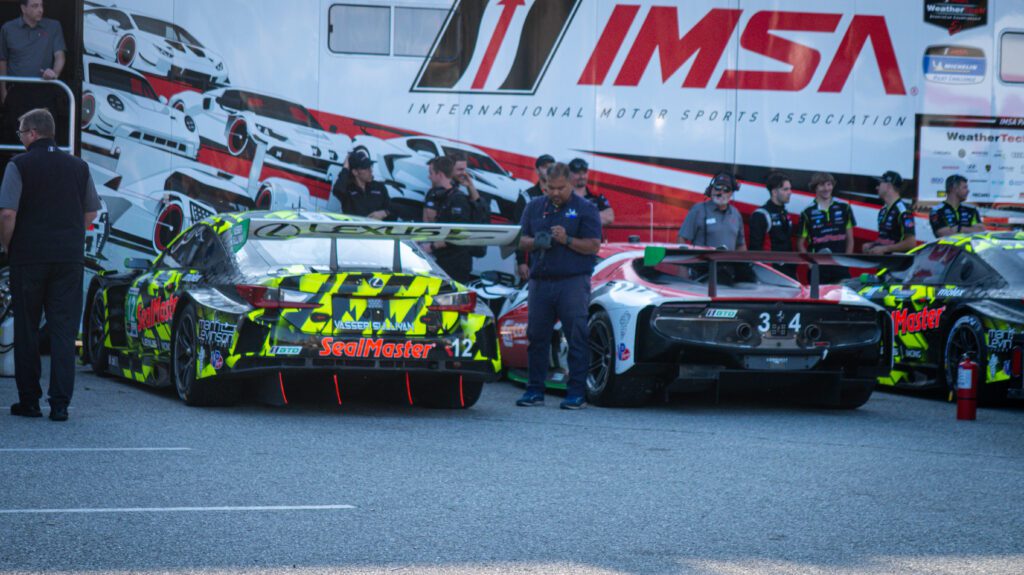
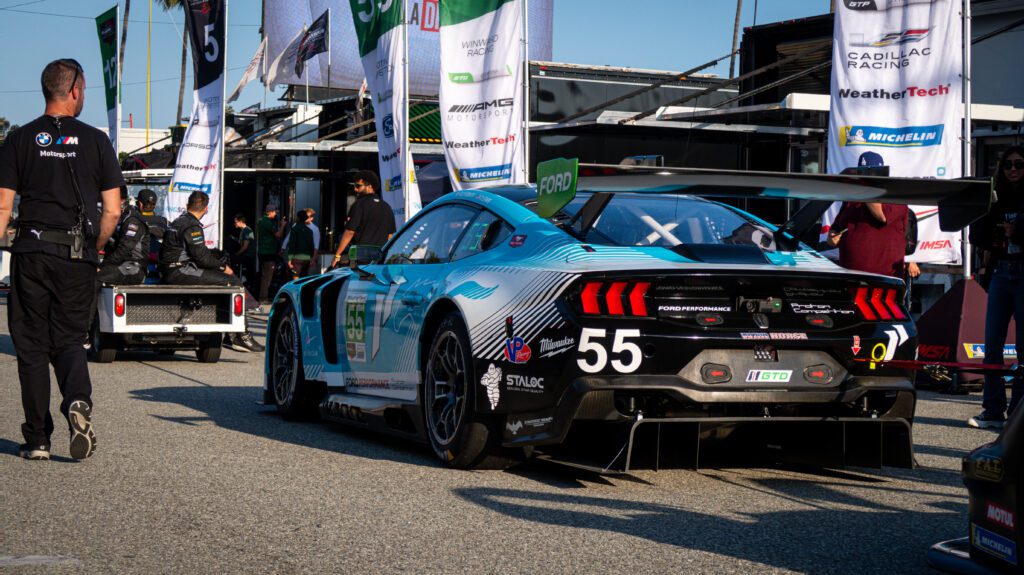
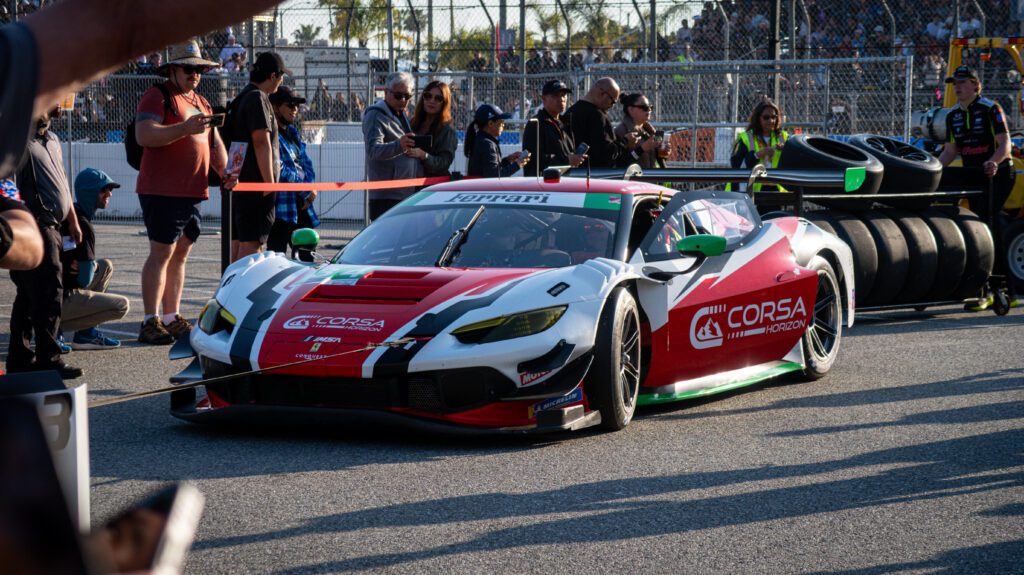


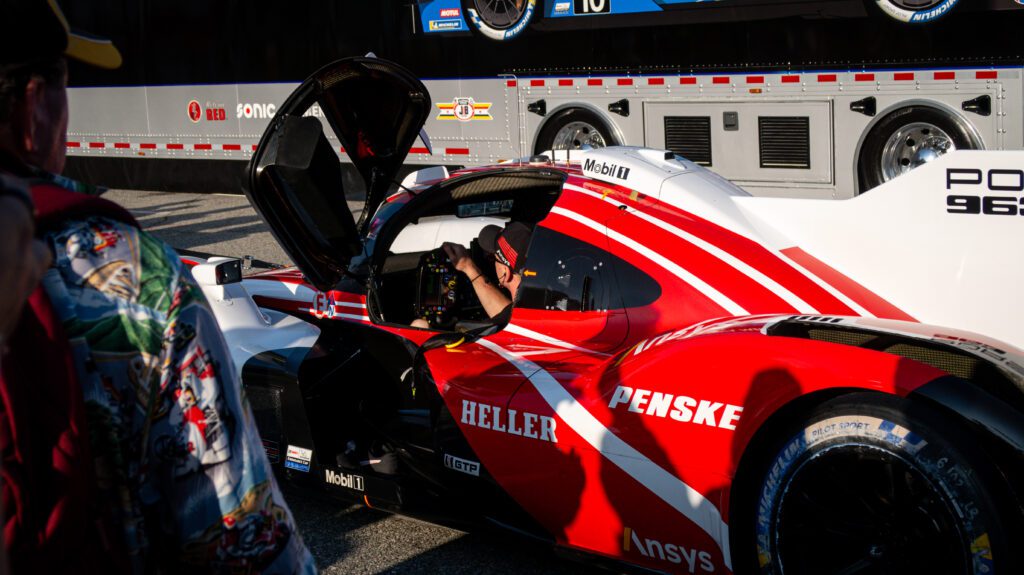

Every afternoon was treated to dessert after the big main race of the day, whether it was the final event for IMSA or IndyCar. Super Stadium Trucks were instant fan favorites from the first Friday practice session, with drivers putting on as much of a display of showmanship as they did sportsmanship. Slamming the makeshift jumps, drifting, and three-wheeling around tight bends was the norm as the baby Baja trucks made rounds in the last environment I’d expect to see them. GT America, which succeeded the Pirelli World Challenge, followed soon after with a running of “diet” IMSA racing, featuring a split mix of top-dog and high-horsepower GT2, entry-level and more street-car-related GT4, and repurposed mid-level GT3 (dubbed SRO3 in GT America) race cars.

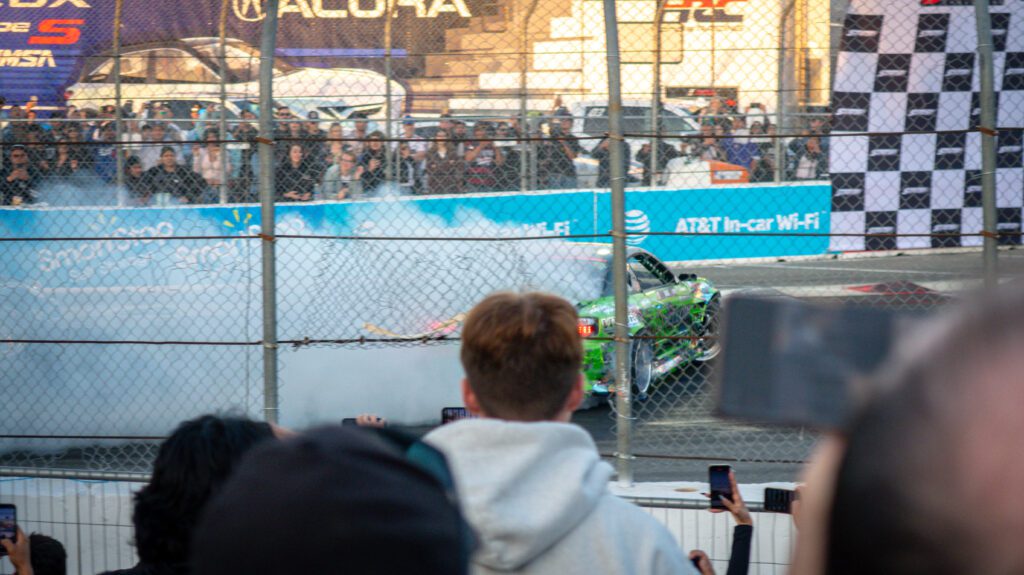
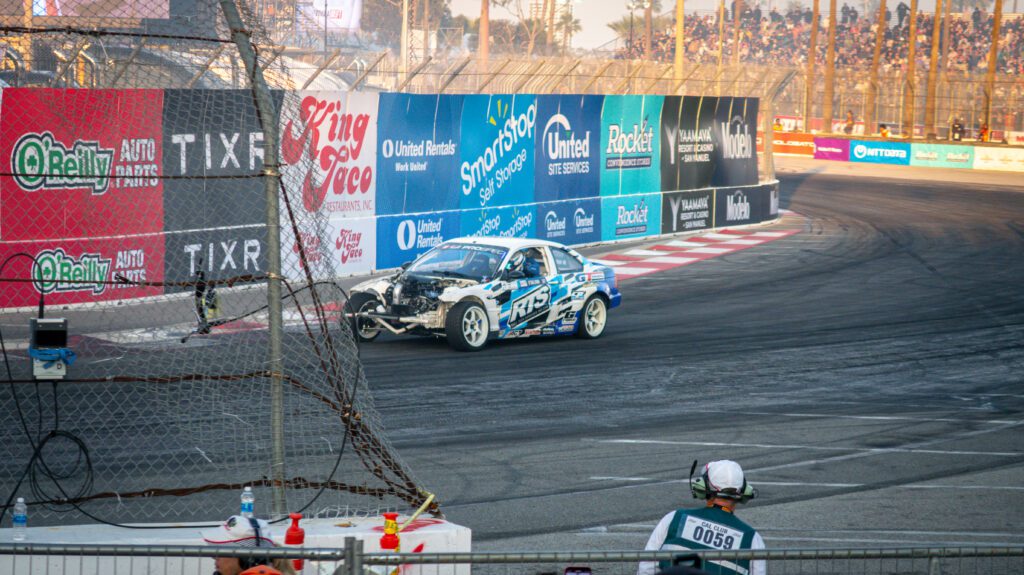
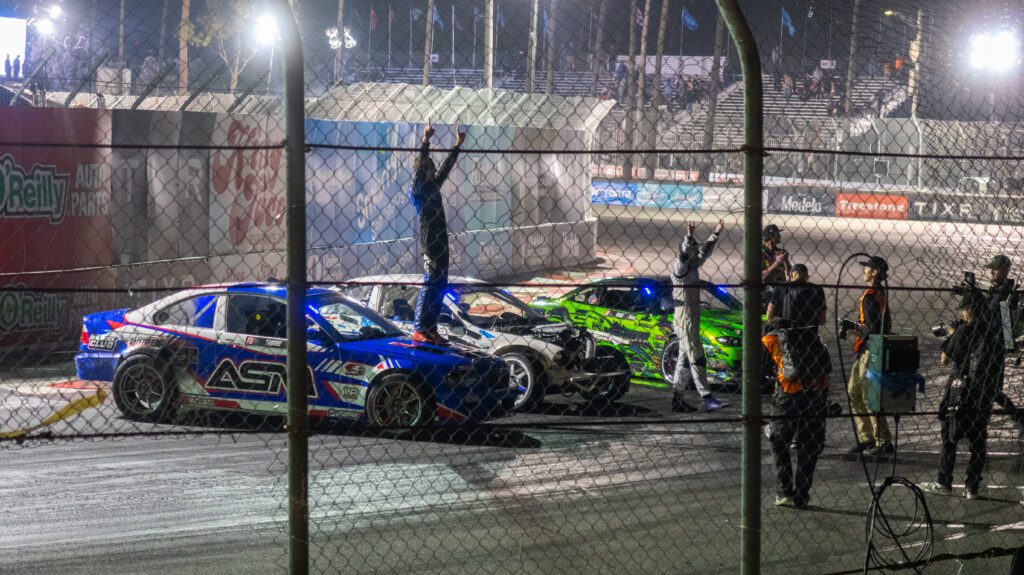
And to finally induce the motorsports equivalent of diabetic shock, Friday and Saturday showgoers were treated to Formula Drift’s Super Drift Challenge, trading winged touring cars for ridiculously overpowered and charismatic drift builds. That’s how powerful Formula D is, in case you were wondering. The prior weekend’s showing of judgement-based sideways motorsports was too much to contain as it had literally bled into the following weekend’s GP as the aftershow. Now that’s a flex.
Race cars and rad bazaars
If you’re a deranged twit with a reckless spending habit and may or may not possibly be on the spectrum like me, you’ll get a kick out of all the festivities and memorabilia on display across the venue. So much merch! So much swag! So much, uh, F1 goods?
Yeah, I guess when you’re that powerful and some of your brands and personalities bleed into IndyCar, you can peddle your propaganda at another open-wheel series race event. I bought a Charles Leclerc Ferrari hat for my friend back home.

The accompanying homie who shared this weekend’s experiences with me snagged a Formula D-branded skate deck with a mural of a modified E30 M3. I contemplated buying a Mustang GT3 Ford Performance polo or a Gulf bomber jacket that’d match oh so well with my Ryan Gosling-approved driving gloves, but I didn’t feel like dropping $90 on a single article of clothing. Ironic I was concerned with saving on clothes when you can easily eclipse these prices with food instead, of which there’s plenty scattered across the place, from lobster grilled cheese, Thai tea floats, brisket-topped fries, and your typical helping of funnel cakes.
Here’s a heads up for if you go next year. Everything, from the motorsports-inspired clothing lines to the food around the paddock and inside the convention center, is expensive with a capital E. Work that overtime and pad your wallets because you’re going to want to take home some goods and day drink like an upper-middle-class stay-at-home parent who just picked themselves and their friends up a few bottles of grocery store wine on a Sunday morning. Strange, given that the entrance fees weren’t astronomical (roughly $150 per person for a full three-day pass).

See ya next year
Have I convinced anyone yet? The racing, the shopping, the sights and sounds of vintage Indy and new-age Le Mans prototypes ripping past an H&M and an Islands Fine Burgers and setting off car alarms beneath the convention center’s bridge were the stuff of dreams, but you can make them into reality by just pressing “Add to Cart” on the Tixr site.

Do it, folks. Just. Do it. Set aside the time and scrape together some coin to do just once in your lifetime. Stay the full three days and gawk over a display of racing history and automotive culture soon to hit its 50th birthday, which just might be its biggest bash yet given our love of celebrating the 50th anniversaries of damn near anything. The Long Beach GP was a hell of a spectacle that the younger me only ever dreamed of watching from behind his Forza Motorsport 7 loading screen. This most recent showing of the Acura Grand Prix of Long Beach sealed the deal as a rare case of a mega-hyped thing that proved capable of matching every ounce of energy and enthusiasm surrounding it.
Before, I wasn’t sure if I’d ever make it. Now, I ask myself what local joint I should eat at when I’m back next year.




